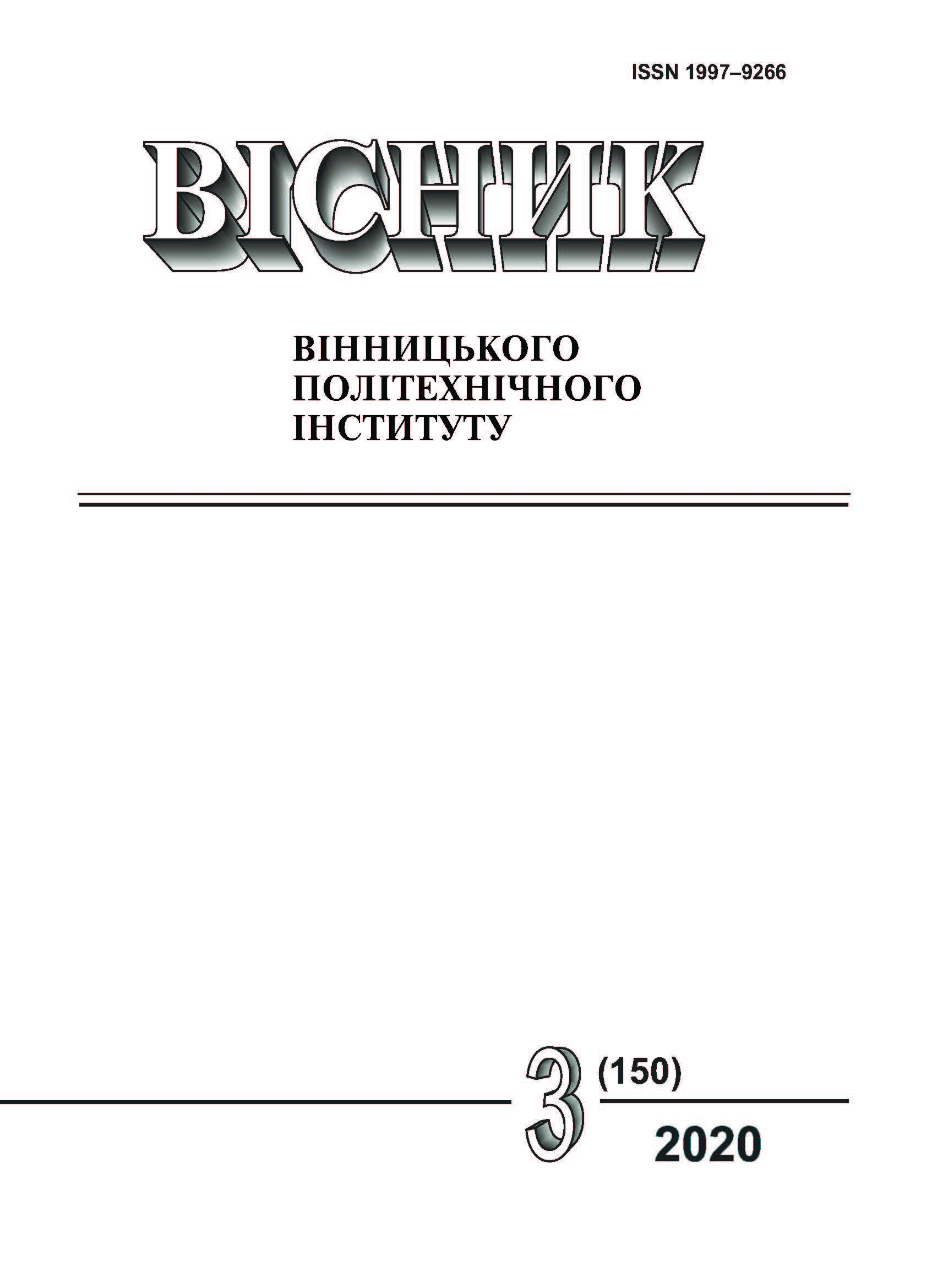Research on the Efficiency of Waste Water Purification from Chromium(IIІ) Ions by Bentonite Clays
DOI:
https://doi.org/10.31649/1997-9266-2020-150-3-7-12Keywords:
pollution, wastewater, ecological safety, natural clay sorbents, adsorption, heavy metal ionsAbstract
The work is devoted to the development of scientific bases of wastewater treatment of various industrial enterprises from chromium ions by adsorption by bentonite clays. The prospect and effectiveness of bentonite clays for wastewater treatment is confirmed by their advantages over other sorbents, namely: they are affordable, not high cost, the possibility of regeneration and multiple application.
The main advantages of using bentonites in water treatment technologies are their powerful geological resources, cheap rock extraction, easy preparation for transportation and use, the ability to use waste sorbents in other technologies, which eliminates the need for expensive regeneration costs.
Heavy metals form a group of the most dangerous pollutants in the environment. In surface natural reservoirs (seas, lakes, rivers, reservoirs) with industrial wastewater, a considerable amount of heavy metal ions enters, which become a significant obstacle in the life of microbiota. Heavy metals are supplied to wastewater from non-ferrous metallurgy, electronic radio and leather and fur industries, as well as from all industries where electroplating is used. Sewage may contain one component, but very often their number is higher.
The work is devoted to experimental studies of the process of sorption of Chromium ions (III) with a fixed sorbent layer by bentonite clays. The influence of various factors (process duration, adsorbent layer) on the degree of purification of waste water from nickel ions, the effect of pumping speed on the dynamic capacity of the sorbent was investigated and the effective volume was determined. We observe that the total adsorption capacity in the case of bentonite can be achieved in 4 ÷ 6 hours
Research has proven the feasibility of using bentonite clays for the treatment of wastewater from Chromium(IIІ) ions.
Downloads
-
PDF (Українська)
Downloads: 287
Published
How to Cite
Issue
Section
License
Authors who publish with this journal agree to the following terms:
- Authors retain copyright and grant the journal right of first publication.
- Authors are able to enter into separate, additional contractual arrangements for the non-exclusive distribution of the journal's published version of the work (e.g., post it to an institutional repository or publish it in a book), with an acknowledgment of its initial publication in this journal.
- Authors are permitted and encouraged to post their work online (e.g., in institutional repositories or on their website) prior to and during the submission process, as it can lead to productive exchanges, as well as earlier and greater citation of published work (See The Effect of Open Access).





